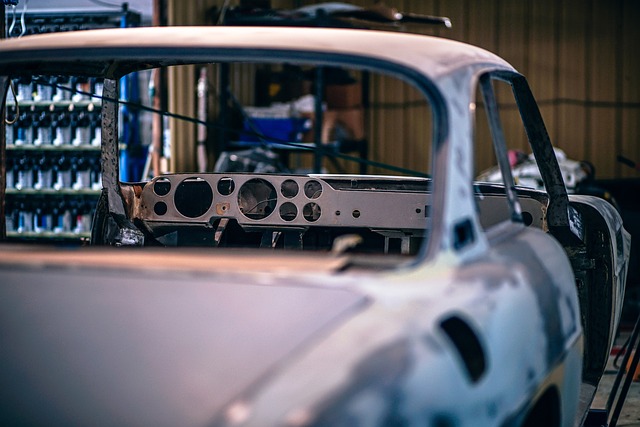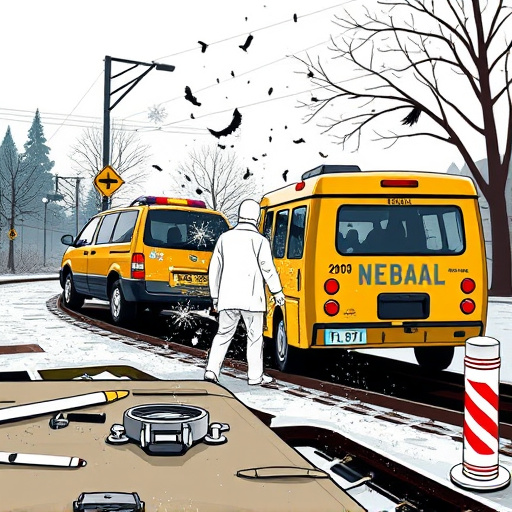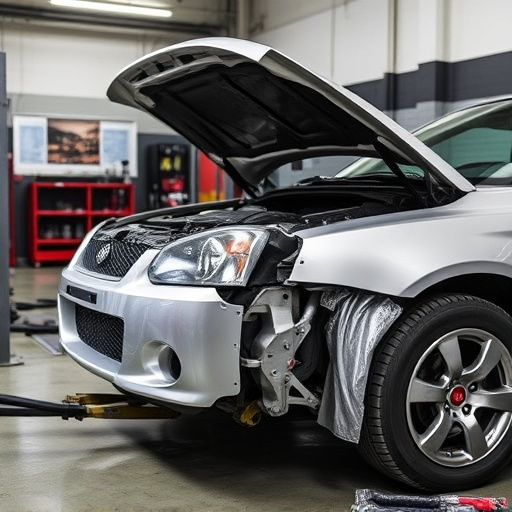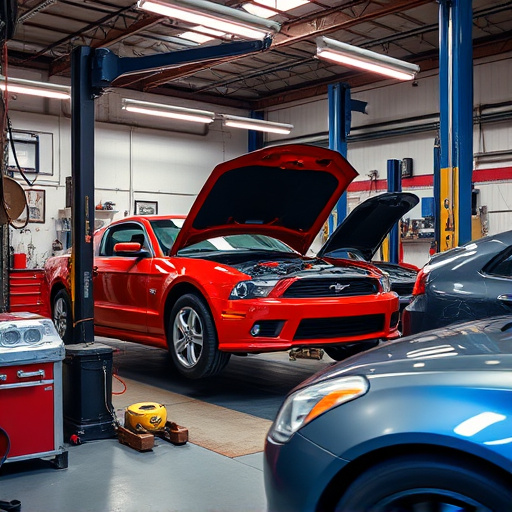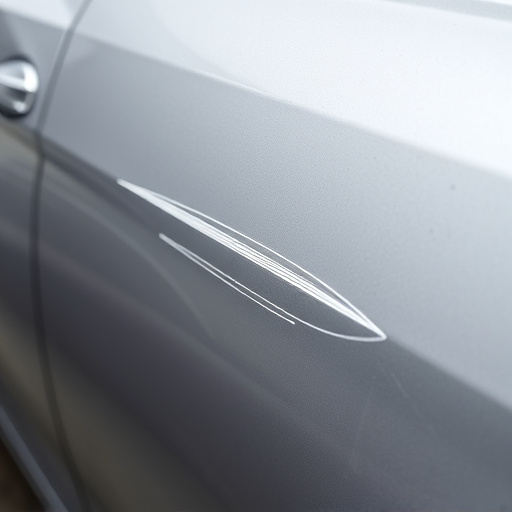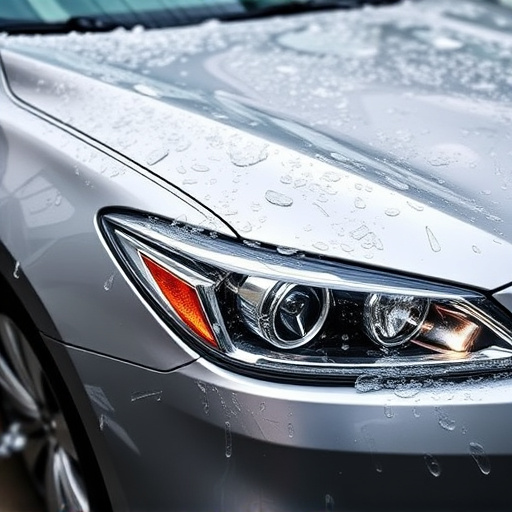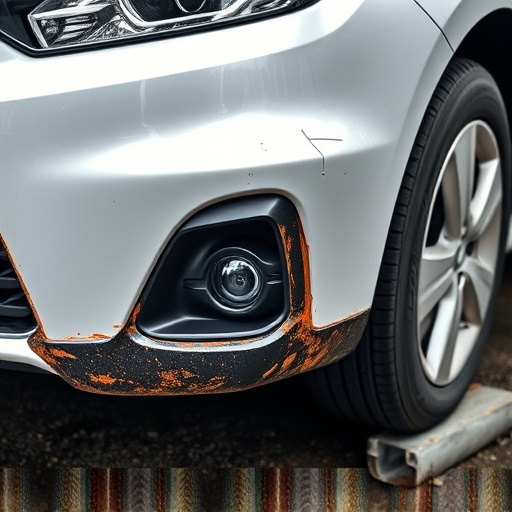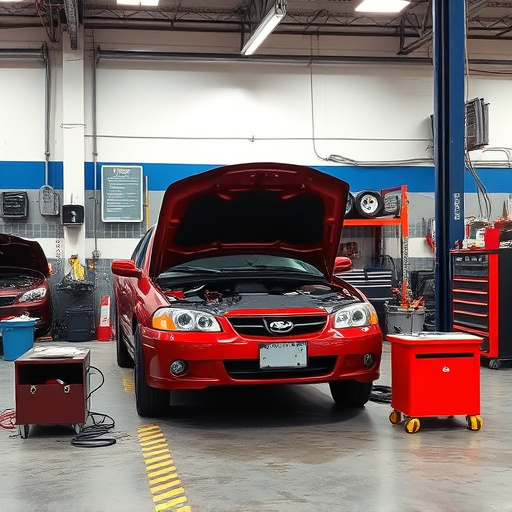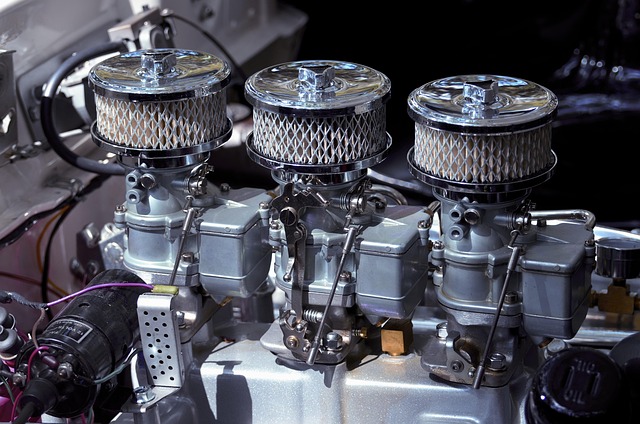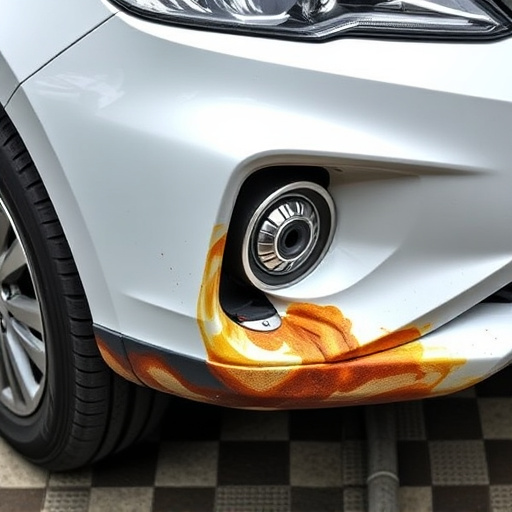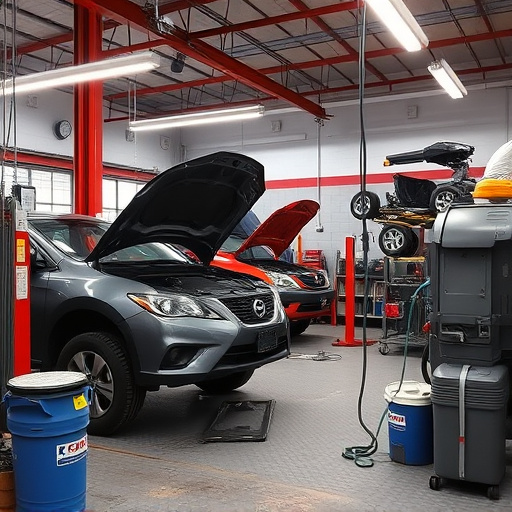Auto repair estimating has evolved from manual to digital transformation by 2025, using algorithms and vehicle data for accurate estimates. This enhances transparency, builds trust, and improves customer satisfaction in the automotive industry. Advanced software platforms integrate inventory, scheduling, and billing while providing clear estimate presentations. AI and machine learning further revolutionize estimating, ensuring cost-effective and high-quality repairs for dent repair and car restoration.
In 2025, auto repair estimating remains a cornerstone of the automotive industry. While technology advances have introduced innovative techniques, the core principles haven’t changed. This article explores the evolution of auto repair estimating and its persistent relevance. We delve into how accurate estimations build customer trust and satisfaction, and examine enhancing efficiency trends and tools expected to define 2025. Discover why this art remains vital despite technological disruptions.
- Evolution of Auto Repair Estimation Techniques
- Importance in Customer Trust and Satisfaction
- Enhancing Efficiency: Tools and Trends for 2025
Evolution of Auto Repair Estimation Techniques
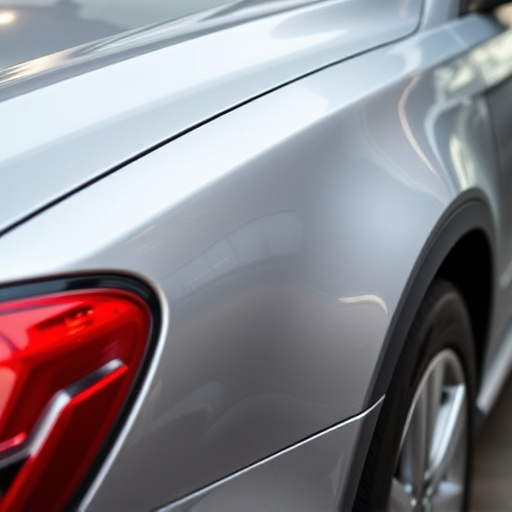
The evolution of auto repair estimating techniques has been a fascinating journey, reflecting the advancements in technology and the dynamic nature of the automotive industry. In the past, estimates were often based on manual calculations, relying heavily on experienced technicians’ expertise. This traditional method involved meticulous record-keeping and could be time-consuming. However, as we step into 2025, auto repair estimating has embraced digital transformation, leveraging sophisticated software tools and data analytics to streamline the process.
Modern auto repair estimating platforms utilize advanced algorithms that consider various factors, such as vehicle make and model, specific damage types (car damage repair), and historical repair records, to generate precise estimates for automotive repair services. These systems not only speed up the estimation process but also enhance accuracy, ensuring customers receive fair pricing. Moreover, digital estimation tools enable auto body repair shops to communicate transparently with clients, fostering trust and satisfaction.
Importance in Customer Trust and Satisfaction
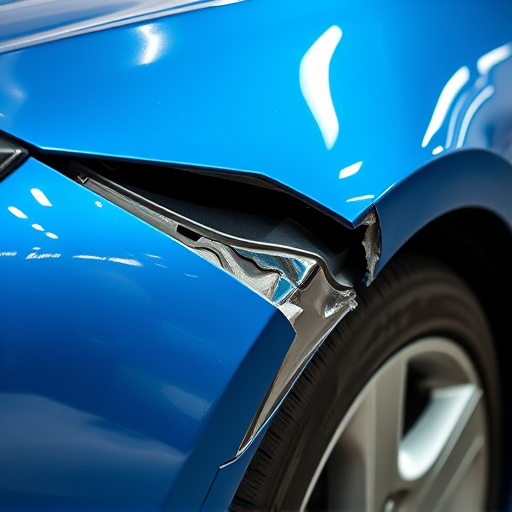
In the ever-evolving automotive industry, where technology and digital solutions are transforming every aspect of vehicle ownership, one element remains steadfastly important: auto repair estimating. Despite the advancements in online booking, diagnostic tools, and self-service platforms, the process of accurately assessing and communicating repair costs to customers is as vital today as it was years ago. Auto repair estimating plays a crucial role in fostering trust and ensuring customer satisfaction.
When a vehicle owner brings their car into a workshop for services, be it tire services, automotive repair, or car body restoration, they expect transparency and fairness. An estimated cost that aligns with the scope of work provides reassurance and peace of mind. It allows customers to make informed decisions, compare quotes, and choose a service provider that suits their needs and budget. This level of trust is essential for building long-term relationships between businesses and their clientele, ensuring repeat business, and fostering a positive perception of the automotive repair industry in 2025 and beyond.
Enhancing Efficiency: Tools and Trends for 2025
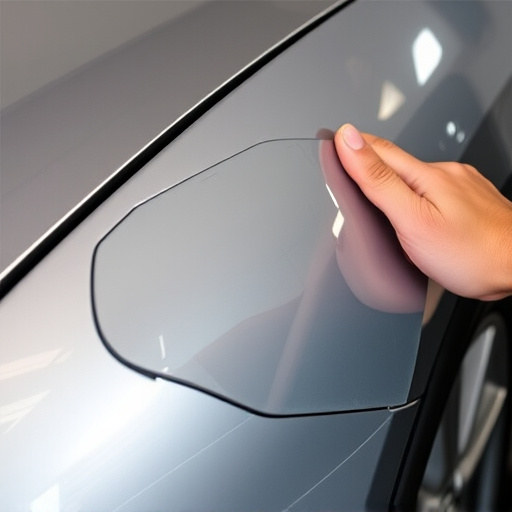
In 2025, auto repair estimating remains a cornerstone of efficient automotive service, driven by advancements in technology and evolving customer expectations. The traditional art of estimating has been transformed through innovative tools that streamline processes, reduce human error, and enhance accuracy. Artificial intelligence and machine learning algorithms play a pivotal role, analyzing historical data to predict complex repairs with impressive precision. These technologies not only speed up the estimation process but also help technicians identify potential issues early on, ensuring more effective autobody repairs and reducing costly misdiagnoses.
Beyond AI, advanced software platforms integrate various aspects of auto repair, from parts inventory management to scheduling and billing. This interconnectedness optimizes workflow, minimizing delays and maximizing productivity. Moreover, the trend towards digital estimate presentations improves customer engagement and transparency, fostering trust in the repair process. As dent repair and car restoration techniques continue to advance, accurate estimating becomes even more critical, ensuring that these intricate processes are both cost-effective and of the highest quality.
Despite advancements in technology, auto repair estimating remains a vital process in 2025. As techniques evolve, incorporating cutting-edge tools and trends, accurate estimating continues to build customer trust and ensure satisfaction. By embracing these changes, auto shops can streamline operations, improve efficiency, and deliver high-quality services that meet the evolving needs of modern drivers.
